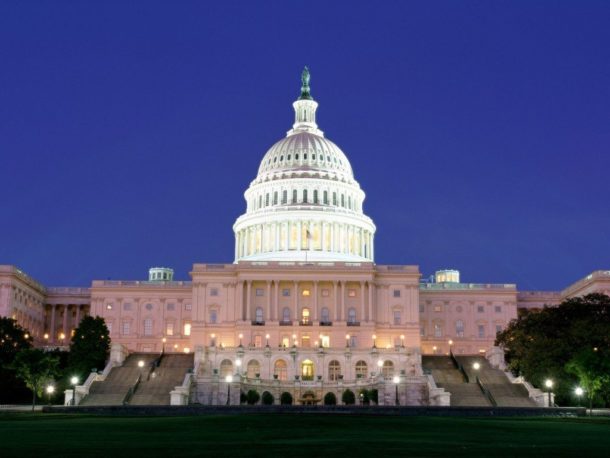The Senate’s version of the American Health Care Act may include an even more austere future for Medicaid spending than the House’s vision of $800 billion in cuts over the next decade.
Medicaid is the largest payer for long-term care nationally, and skilled nursing providers are watching the evolving legislation closely — though it remains unclear what effects the AHCA would have on the industry, especially since no clear consensus has emerged among its Republican backers in Congress.
Though the upper chamber has yet to formally present any details of its Obamacare repeal-and-replace legislation, early reports indicate that it could accelerate the decline in Medicaid funding proposed by the House, according to a Monday article from The Hill.
Like the House’s plan, the Senate bill would institute a per-capita cap system for Medicaid spending, under which states would receive a set amount of money for each beneficiary — with the exact dollar figure varying by the type of recipient. But the Senate legislation would change the rate at which those figures grow to match inflation and rising costs: While the House proposal would peg Medicaid spending to the Consumer Price Index for medical expenses only, the Senate version would switch to the general consumer-goods CPI starting in 2025, a move that would drastically reduce the rate at which spending rises over time.
The CPI-M, as the medical index is known, has risen by 41 more percentage points than the general CPI-U, Slate pointed out in article that described the Senate’s plan as “draconian.”
The deep-cut proposal was sent to the Congressional Budget Office for scoring as the “consensus option” of the Senate, an unnamed Republican aide told The Hill. Such a plan would seem to contradict concern from both Democrats and Republicans in the Senate over the House plan, which would slash $800 billion from Medicaid funding and remove a total of 23 million from health-insurance rolls by 2026, according to the nonpartisan CBO.
For instance, Nevada Republican Sen. Dean Heller issued a statement saying the House bill didn’t do enough for his state’s population of Medicaid recipients, while fellow Republican Sen. Bill Cassidy of Louisiana said he was working with other senators to ensure that their version of Obamacare repeal would meet “the Jimmy Kimmel Test” — referring to the late-night host’s call for health care compassion after his newborn son received lifesaving emergency surgery.
Heller had previously indicated that he would not approve of a plan that cut the Medicaid growth rate, The Hill reported.
Even President Trump, who hosted a boisterous celebration in the White House Rose Garden after the AHCA narrowly passed the House back in May, has reportedly since referred to the legislation as “mean.”
Earlier this month, AARP released an analysis claiming that the House’s growth plan would be insufficient to meet the needs of an aging population, noting that all future growth would be based on spending for Medicaid recipients in fiscal year 2016 — while the Medicaid population will increasingly shift to include a greater proportion of older Americans with generally more expensive health care needs than other program participants.
But a separate report from LeadingAge had some good news for the skilled nursing industry. Under the House’s version of Trumpcare, institutional operators such as SNFs could see a boost: Because skilled nursing care is mandated under Medicaid rules while home and community based services (HCBS) aren’t, spending could swing substantially toward SNFs as overall budgets tighten.
Multiple reports have indicated that Senate Majority Leader Mitch McConnell, a Kentucky Republican, and other Senate GOP leaders want to pass their version of Trumpcare prior to the Independence Day recess; the last working day before the holiday is June 30.
Written by Alex Spanko
Companies featured in this article:
AARP, American Health Care Act, Congress, House, LeadingAge, Medicaid, Obamacare, Senate, Trumpcare



